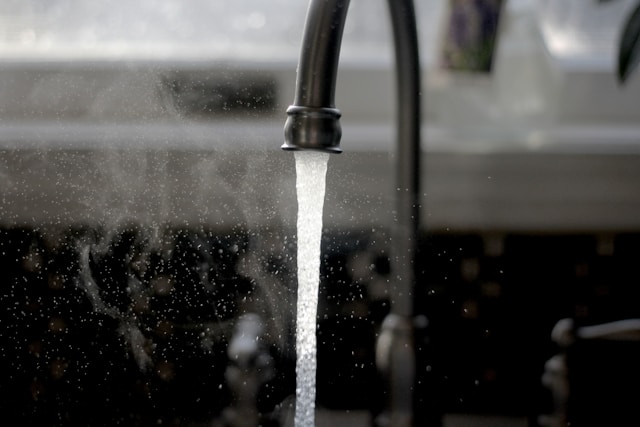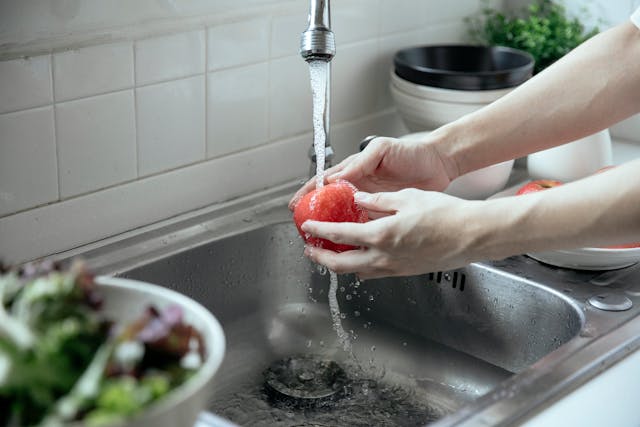Water is one of the most vital resources in daily life, yet its quality often goes unnoticed until issues arise. Whether it’s for drinking, cooking, cleaning, or bathing, water affects nearly every aspect of home living. Contaminants, minerals, and chemical imbalances can influence both physical health and the condition of plumbing systems and appliances.
Modern homeowners are increasingly aware of how water quality shapes their comfort and well-being. From skin irritation to limescale buildup, poor water quality can create problems that extend far beyond the tap. Understanding how to monitor and maintain clean, balanced water ensures a safer, more efficient, and comfortable home.

Understanding the Relationship Between Water Hardness and Home Comfort
One of the most common water quality challenges is hardness, caused by high concentrations of minerals like calcium and magnesium. While not inherently harmful, hard water can lead to several household frustrations, including soap scum buildup, cloudy glassware, and reduced efficiency in water heaters and washing machines. These minerals accumulate inside pipes and fixtures, leading to clogs, decreased water pressure, and premature equipment failure.
Addressing these issues often involves installing a water softening system, which removes or neutralizes excess minerals through ion exchange or salt-free filtration. The effectiveness of these systems depends heavily on consistent care and monitoring. Routine water softener maintenance helps ensure optimal performance by preventing resin bed blockages and maintaining proper salt levels. Neglecting maintenance reduces system efficiency and may allow hardness levels to rise again, diminishing the quality of household water.
Softened water brings noticeable improvements to everyday comfort. It makes soaps and detergents more effective, extends the lifespan of appliances, and leaves hair and skin feeling cleaner and less dry. By maintaining balanced mineral levels, homeowners can enjoy improved water performance and reduced long-term repair costs.
Identifying Common Contaminants and Their Health Effects
Beyond hardness, water may contain impurities that pose health risks if left unaddressed. Common contaminants include chlorine, lead, nitrates, and bacteria, each with distinct effects on human health. Chlorine, often added during municipal water treatment, can leave an unpleasant taste or odor and may irritate sensitive skin. Lead, on the other hand, can leach from aging pipes and fixtures, particularly in older homes, posing serious risks to children and pregnant women.
Regular testing is the best way to identify such contaminants. Homeowners can use testing kits or hire certified professionals for comprehensive analysis. If pollutants are detected, targeted filtration systems, such as activated carbon filters, reverse osmosis units, or ultraviolet sterilizers, can help remove or neutralize harmful substances.
Maintaining healthy water quality is not just about taste or appearance. It ensures that every family member, from infants to older adults, receives clean, safe hydration and protection against contaminants that might otherwise go unnoticed.
The Impact of Water on Skin, Hair, and Well-Being
Many people notice the effects of water quality most directly on their skin and hair. Hard water can leave behind mineral residues that clog pores, dry out skin, and dull hair. Overly soft or chemically treated water may strip natural oils, leading to irritation or sensitivity.
Installing appropriate filtration and softening systems can help balance these effects. Showerhead filters and whole-house systems can reduce chlorine exposure and improve hydration. The result is softer skin, healthier hair, and a more pleasant bathing experience.
For individuals with eczema, psoriasis, or other dermatological conditions, consistent water quality improvements can significantly reduce flare-ups and discomfort. Since skin is the body’s largest organ and is constantly exposed to water, quality improvements often lead to noticeable benefits in daily comfort and confidence.
How Water Quality Affects Appliances and Energy Efficiency
Poor water quality can take a silent toll on household appliances. Hard water contributes to limescale buildup inside dishwashers, water heaters, and washing machines. This buildup forces appliances to work harder, consuming more energy and shortening their lifespan. Similarly, iron and sediment can stain surfaces and reduce the efficiency of fixtures and plumbing systems.
Regular system checks and filter replacements help maintain peak efficiency. Water filtration and softening systems protect internal mechanisms and improve the performance of appliances. Homeowners often find that after treating their water, detergent use drops, heating efficiency improves, and maintenance costs decline.
Even minor improvements in water quality can translate into measurable energy savings, making filtration a smart investment for both comfort and sustainability.
Monitoring Water Quality for Long-Term Protection
Water quality can change seasonally or after infrastructure updates in local water systems. Homeowners should monitor quality regularly, even if the water appears clear. Annual testing and professional inspections provide reassurance that systems continue to function effectively and that no new contaminants have entered the supply.
Preventive maintenance, like cleaning aerators, flushing hot water tanks, and checking filtration cartridges, helps preserve consistency. Keeping maintenance logs ensures that issues are caught before they escalate, protecting both the home and its occupants.

By combining proper filtration, consistent maintenance, and regular testing, homeowners can ensure that their water remains clean, safe, and refreshing. High-quality water doesn’t just improve living conditions, it enhances the health, comfort, and longevity of the entire home.


